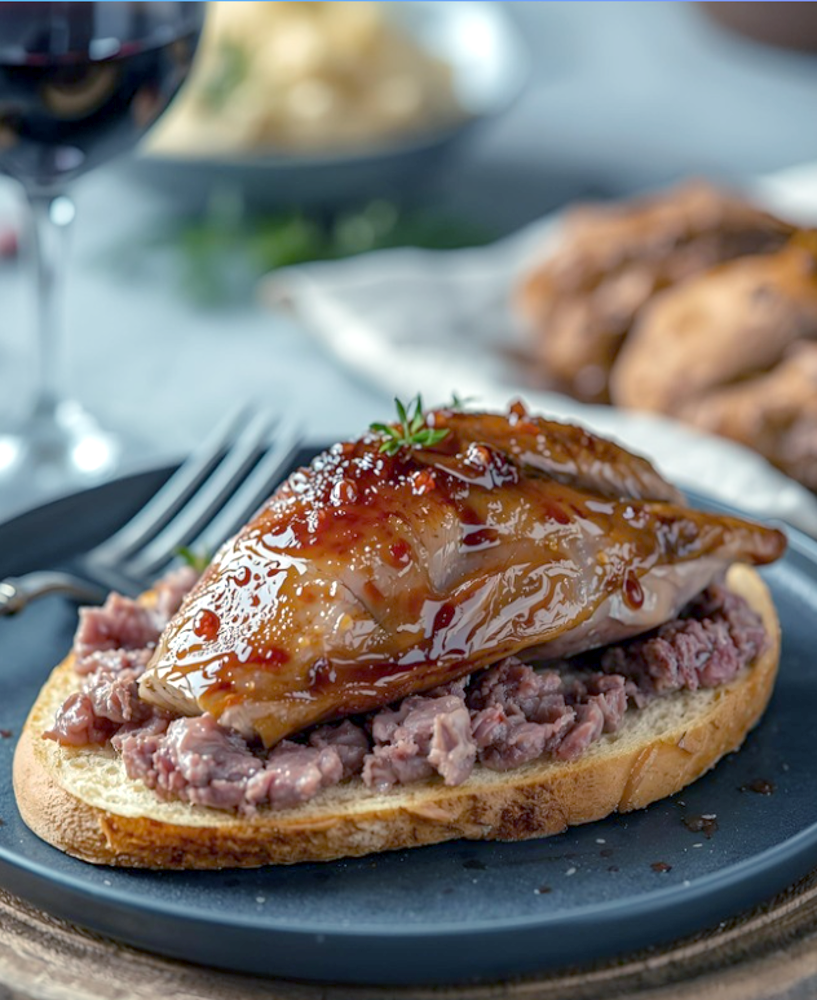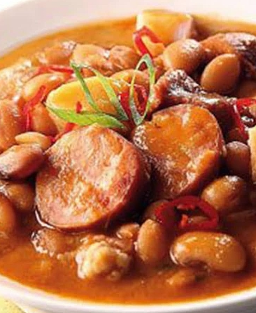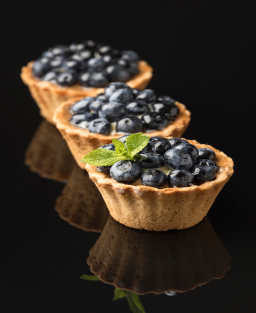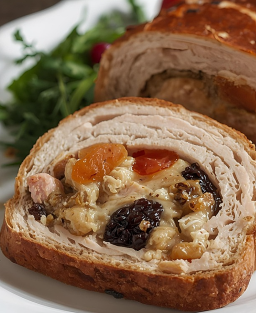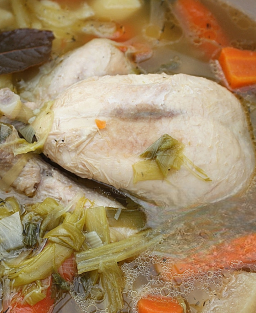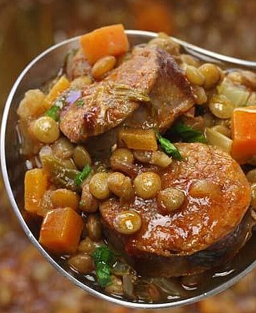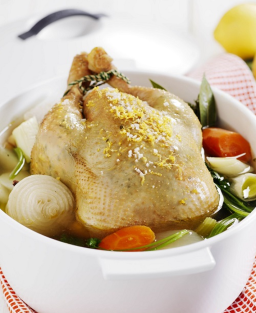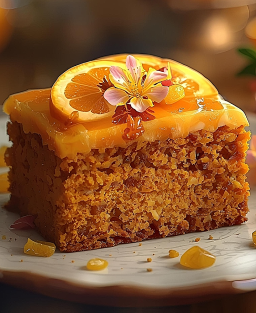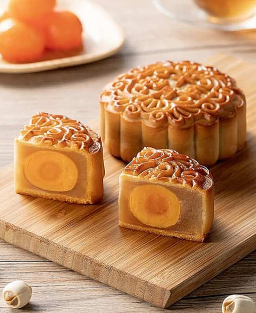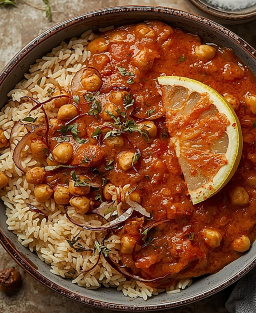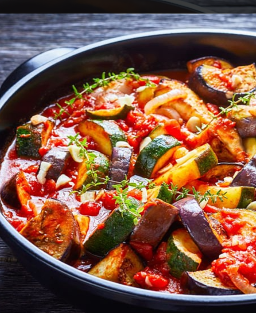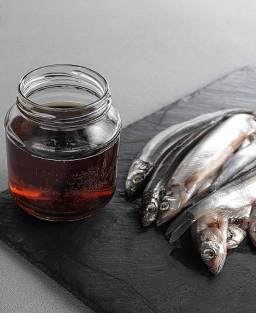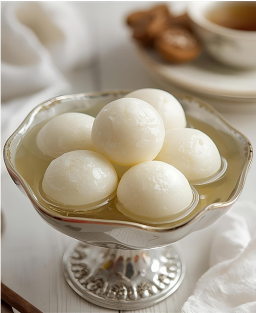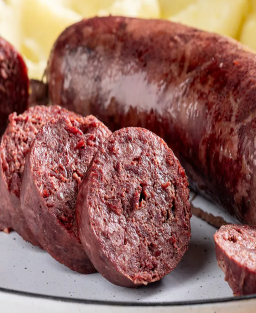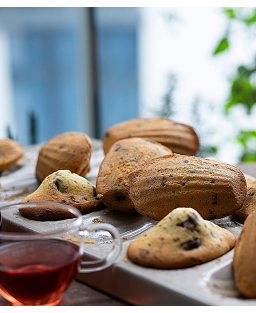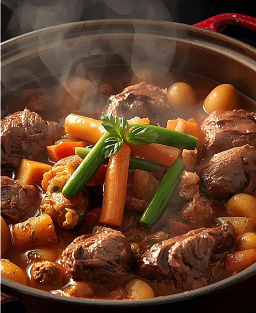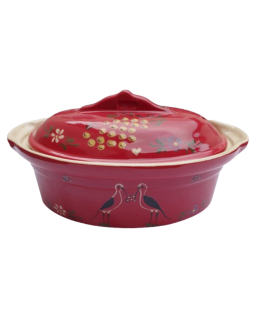Roasted Pigeon Supreme with Foie Gras-Stuffed Legs, Beetroot Mousseline & Gourmet Toasts
Roasted Pigeon Supreme with Foie Gras-Stuffed Legs, Beetroot Mousseline & Gourmet Toasts
This recipe can also be made with other poultry such as pheasant, cockerel, Bresse chicken, duck, goose, etc.
Discover the gourmet recipe for Roasted Pigeon Supreme with Foie Gras-Stuffed Legs, Beetroot Mousseline and Gourmet Toasts — an exceptional dish that combines the nobility of pigeon, the richness of foie gras and the sweet earthiness of beetroot in a perfect harmony between tradition and contemporary refinement.
"He who savours roasted pigeon, savours a royal feast."
(Ancient French culinary proverb evoking the refinement of fine fowl served in noble households.)
Origin and Legend
It is said that at the court of the Dukes of Aquitaine, a renowned cook came up with the idea of stuffing pigeon legs with foie gras to please a nobleman whose palate could no longer tolerate the toughness of game meats. The dish was so well received that it became a symbol of generosity and elegance, served at winter banquets to warm the heart.
The Pigeon in French Gastronomy
Pigeon, a delicate delicacy and symbol of refinement, has held a prestigious place in French cuisine since the Middle Ages. The earliest pigeon farming dates to the 12th century, and its tender meat was reserved for nobility and royal feasts.
-
In the 18th century, royal chefs perfected pink-centered cooking and concentrated jus — techniques still used today.
-
By the 19th century, the combination of pigeon and foie gras became iconic in the gastronomy of southwest France, especially in Périgord.
-
Over time, this pairing was enhanced with colourful accompaniments — here, a beetroot mousseline as a nod to modern cuisine, and toasted offal in homage to rustic culinary traditions.
This dish illustrates the evolution of French cuisine: respect for ingredients, technical skill, and creative plating.
Historical Evolution of Haute Cuisine
12th–14th Century: Courtly Cuisine Pioneers
-
Guillaume Tirel (Taillevent) (c. 1310–1395)
Chef to Kings Charles V and VI. Author of Le Viandier, considered the first great French cookbook. Codified preparation techniques, sauces, and court banquet organization. -
Anonymous author of Le Ménagier de Paris (c. 1393)
Written by a Parisian bourgeois for his wife. It details refined domestic cuisine of the 14th century — recipes, shopping advice, hygiene recommendations and a moral vision of the kitchen’s role in daily life.
15th Century: Cuisine of the Principalities
-
Maître Chiquart Amiczo (active c. 1420)
Chef to Duke Amadeus VIII of Savoy. His Du fait de cuisine offers remarkable precision on organizing a princely banquet. -
Anonymous author of Libro de arte coquinaria (Italy), attributed to Maestro Martino da Como (c. 1450)
Chef to the Patriarch of Aquileia in Rome. His work later inspired Bartolomeo Sacchi (Platina), author of De honesta voluptate (1475) — marking the birth of Renaissance cuisine: more restrained, technical, and focused on natural flavours.
16th Century: Humanism and Refinement
-
Bartolomeo Scappi (1500–1577)
Chef to Pope Pius IV. Author of L’Opera, a true culinary encyclopedia of the Renaissance. Includes over 1,000 recipes, tool descriptions, ovens, and dishes inspired by Spain and the New World. -
François Rabelais (1494–1553)
Though not a chef, his literary works brought gastronomy into humanist culture. His descriptions of feasts and sauces express the rise of culinary pleasure as a social and intellectual value.
17th Century: Birth of Modern French Gastronomy
-
François Pierre de La Varenne (1615–1678)
Chef to the Marquis d’Uxelles, author of Le Cuisinier françois (1651). He founded classical French cuisine, replacing exotic spices with local herbs, butter, and clear stocks. -
Nicolas de Bonnefons (c. 1610–1675)
Author of Le Jardinier françois and Le Cuisinier françois. He emphasised product freshness, seasonality, and simplicity — laying the groundwork for bourgeois cuisine.
18th Century: Codification and Prestige
-
François Massialot (1660–1733)
Chef to the Duke of Orléans. His Le Cuisinier royal et bourgeois (1691) was the first to present recipes in alphabetical order — a precursor to the culinary dictionary. -
Menon (c. 1740–1760)
Author of Le Cuisinier moderne and La Cuisinière bourgeoise. Made refined cuisine accessible to the rising bourgeoisie with precision and economy. -
Antonin Carême (1784–1833)
The first truly "famous chef" of modern history. Trained in architecture, he viewed haute cuisine as a total art form. Codified the mother sauces, structured the kitchen brigade, and created monumental buffets — shaping 19th-century gastronomy.
Dish Presentation
-
Visuals: Contrast between glossy sauce, pink pigeon breast, melting foie gras, and bright beetroot.
-
Textures: Tender, smooth, and crisp.
-
Aromas: Noble game, foie gras, sweet beetroot, fruity and woody notes.
-
Techniques: Combines three distinct elements: roasted supreme, confit stuffed leg, flambéed offal toast.
-
Essential Tools: Paring knife, frying pan, cocotte, fine sieve, blender, siphon, confit tray, oven, blowtorch.
Ingredients (serves 6)
Pigeons
-
5 pigeons
Stuffed Legs
-
150 g semi-cooked foie gras
-
Duck fat
Pigeon Jus Sauce
-
6 pigeon carcasses
-
3 cl peanut oil
-
1 carrot
-
5 garlic cloves
-
1 shallot
-
3 g Sarawak pepper
-
1 onion
-
20 g duck fat
-
10 cl red wine
-
2 L poultry stock
Beetroot & Carrot Mousseline
-
500 g red beetroot
-
50 g carrot
-
50 g shallot
-
100 g softened butter
-
Salt, pepper, sugar to taste
-
Fresh cream (for smoothness)
Crispy Offal Toast
-
2 slices rustic country bread
-
50 g shallots
-
100 g apples
-
Pigeon offal
-
150 g poultry livers
-
Calvados, Cognac, or Armagnac (as preferred)
-
1 tbsp duck fat
-
Red pepper & salt
Preparation & Method
Prep time: ~2 hrs
Cooking time: ~2 hrs
Pigeon Preparation
-
Singe, gut, and portion the pigeons.
-
Remove the legs at the joint.
-
Carve out the breasts (supremes) along the breastbone.
-
Reserve hearts and livers in the fridge.
Deboning & Stuffing Legs
-
Carefully debone each leg.
-
Stuff with 30–40 g of foie gras.
-
Confit in duck fat at 90°C (195°F) for 90 minutes.
Pigeon Jus Sauce
-
Brown carcasses in oil with pepper (30 min).
-
Add vegetables, garlic, and duck fat. Brown 10 min.
-
Deglaze with red wine and reduce to dry.
-
Add poultry stock, reduce by ¾.
-
Strain and reduce to syrup consistency.
Beetroot & Carrot Mousseline
-
Boil beets and carrots separately in salted water.
-
Sauté shallots in butter.
-
Blend vegetables with butter, season, add cream.
-
Whip for airy texture or transfer to siphon.
Crispy Offal Toast
-
Toast bread in duck fat.
-
Sauté shallots and apples.
-
Sear and flambé offal and livers.
-
Blend half, chop the other half.
-
Spread on bread and top with apples and shallots.
Cooking the Supremes
-
Remove skin and trim.
-
Sear 2–3 min per side (medium rare).
-
Optional: Finish in oven at 180°C (355°F) for 5–8 min.
-
Rest before serving.
Plating
-
Place roasted supreme on crispy offal toast.
-
Add confit leg alongside.
-
Drizzle with reduced jus.
-
Serve mousseline in a verrine or as a quenelle.
-
Garnish with fresh herbs or beetroot chips.
Regional Variants
-
Pheasant or Cockerel version: Same prep, longer cooking time.
-
Duck or Goose version: Raw foie gras, sweet wine reduction.
-
Contemporary version: Presented as a “trilogy of pigeon.”
Tips & Chef's Advice
-
Don’t overcook the supremes — they should stay pink.
-
Use fresh beets for brighter colour and flavour.
-
Low, slow confit yields melting texture.
-
Finish sauce with butter for extra shine.
Service & Pairings
-
Presentation: Fine dining / gourmet.
-
Plating style: On individual plates or slate boards.
-
Suggested sides: Root vegetable mousseline, glazed vegetables, Jerusalem artichoke purée, or Darphin potatoes.
Recommended Wines (with Vintage Notes)
With alcohol:
-
Pomerol (Merlot – Bordeaux) – elegance and structure, ideal for foie gras.
Recommended vintages: 2000, 2005, 2009, 2015, 2016, 2018, 2019. -
Châteauneuf-du-Pape (red) – richness and spice.
Recommended vintages: 2007, 2009, 2010, 2015, 2016. -
Volnay 1er Cru (Burgundy) – finesse and red fruit.
Recommended vintages: 1999, 2005, 2009, 2015, 2016, 2019.
Non-alcoholic alternatives:
-
Aged red grape juice (oak-barrel aged if available).
-
Homemade infusion of beetroot and lemon thyme — serve hot or cold depending on the season.







